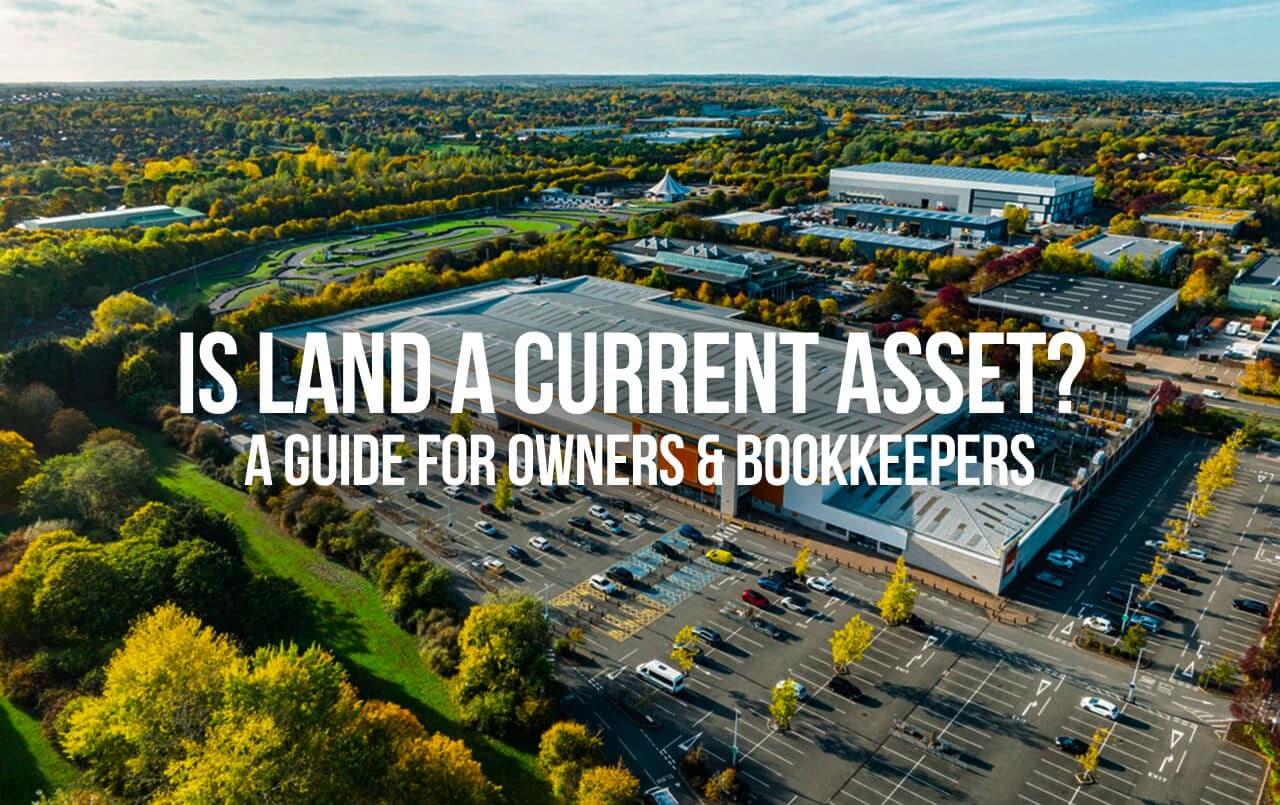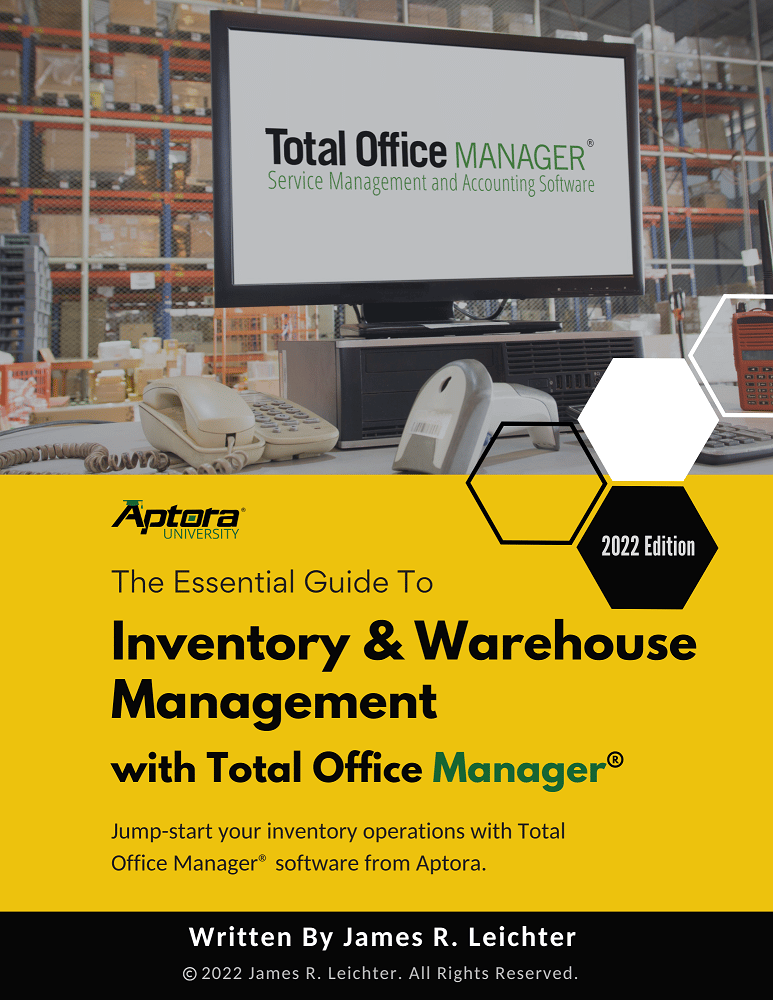
Is Land a Current Asset? A Guide for Owners & Bookkeepers
Quick Answer In virtually all standard bookkeeping and accounting frameworks, land is classified as a non-current asset, specifically as a fixed asset or property, plant,

Estimated reading time: 6 minutes
Flat rate pricing isn’t just a method—it’s a mindset shift that transforms how plumbing companies do business. If you’re still billing based on time and materials, you’re leaving money (and customer goodwill) on the table.
Let’s walk through the evolution of pricing, the power of Good/Better/Best options, and how to present these tiers effectively while keeping your techs motivated and your customers informed.
| Time and Materials Equation |
| Total Cost = (Hourly Rate x Time Spent) + (Material Costs + Markup) |
Time and Materials sounds fair on paper:
But here’s what often happens:
Even if you’re working fast and fairly, it feels expensive.
Example: A 90-minute repair with $40 in parts might come out to $240… and the customer is thinking, “You make how much per hour?”
With flat rate pricing, your customers know the total cost upfront. No stopwatch. No awkward conversations about labor rates. Just clarity.
And when you add Good, Better, Best options, you turn that clarity into confidence.
| Tier | What It Means |
|---|---|
| Good | Required repairs, the bare minimum to get the system operational, should run 1 year without more repairs. |
| Better | Recommended services, get the system back to manufacture’s original capacity as reasonable, enhanced quality or longer warranty. |
| Best | Highly recommended services, address other issues you or client noticed, best performance, longest lifespan. |
Pro Tip #1: Speak their language. When presenting options, describe them in terms the homeowner understands:
Use a tablet or printed brochure to visually display the options. Pictures, warranties, and bullet-point benefits help customers feel like they’re choosing—not being sold.
Not everything needs a Good/Better/Best approach. Your truck has limited space, and not every repair justifies three options.
| Item Type | Approach | Why |
|---|---|---|
| Common Installs (disposals, faucets) | Good/Better/Best | Easy to stock, high variation in quality |
| Low-cost repairs (valves, stops) | One flat rate | Low margin, fewer variables |
| Premium systems (tankless heaters, filtration) | Tiered pricing, warehouse-stocked | High-value, often customer-researched |
We say yes—as long as you’re honest about it.
Offering a small bonus to a technician for selling the “Better” or “Best” option can motivate them to educate the customer more thoroughly.
Example Dialogue:
“Just so you know, I get $6 if you choose the Better option. The boss does that since he thinks we’ll just go with the cheapest fix to avoid price complaints. But I do want to show you all your options.”

Transparency builds trust. Customers appreciate knowing why you’re offering the options—and that you’re being upfront about incentives.
You don’t need fancy software (though it helps). You just need a consistent way to present three clear options:
Pro Tip #2: Keep the layout clean. Three columns. Each option with a title, image, benefits, and price. That’s it. Don’t overwhelm them.
Starting small makes implementation easier. Begin with your 10 most common repairs and build tiered options from there.
Good pricing practices are only as good as your bookkeeping. Here’s what to keep in mind:
Flat rate pricing with Good, Better, Best options isn’t just a sales tactic—it’s a customer service strategy. It gives homeowners choices, it gives techs motivation, and it gives owners better margins. Best of all, it’s a transparent, honest way to do business.
Start simple, stay transparent, and train your team to present options confidently. Flat rate pricing is more than a way to get paid—it’s a smarter, cleaner way to do business.
We recommend explaining that flat rate pricing is designed to protect both the customer and the business. Let them know the price is based on average time, labor, and materials, so they get a fair, consistent rate regardless of how long the job takes. This eliminates surprise charges and encourages efficiency.
Not necessarily. You can start with a well-organized spreadsheet or printed price book. However, plumbing-specific software like Total Office Manager® makes it much easier to maintain, update, and present your pricing digitally—especially if you’re using tablets in the field.
Start with high-frequency or high-ticket jobs like water heaters, disposals, or toilet replacements. These are areas where quality and warranty options matter to customers—and where better parts and service levels lead to better margins.
Not if presented clearly. When customers see all three options laid out with simple language and visuals, they can choose quickly and confidently. This approach actually reduces objections and boosts decision speed.
Yes—when done transparently. We recommend disclosing it to the customer in a casual, honest way. It builds trust and gives techs a reason to fully explain all options rather than rushing to the cheapest fix.

Subscribe to our newsletter


By submitting this form, I agree to receive marketing communication via phone call, email, or SMS from Aptora.

By submitting this form, I agree to receive marketing communication via phone call, email, or SMS from Aptora.